When it comes to managing finances during a construction project, there are several billing options available. One popular option is progress payments, which are made as the project advances. This post looks at the nature of progress payments, highlights their benefits and potential drawbacks, and discusses the influence of retainage on these payments and how Cost Estimator can help.
Understanding Progress Payments
Progress payments are installment payments based on the completed portion of a construction project. This system enables contractors to bill for parts of the project as they are completed, often on a monthly basis or at predefined completion milestones, such as 30%, 60%, and fully completed stages. These payments are typically aligned with the percentage of completion method, a key approach in construction accounting. For more details on how this method works and its importance in accurate billing, you can explore our guide on the percentage of completion method in construction accounting.
Common Contract Types Including Progress Payments
- Time and Materials: Bills are calculated based on the hours worked and materials used.
- Lump Sum: Involves a fixed total price for the whole project.
- Cost Plus: Costs are covered, plus an additional set fee or percentage for the contractor.
- Unit Price: Costs are predetermined per unit of work completed.
How Are Progress Payments Billed?
Billing for progress payments is done through payment applications, as outlined by the contract. These applications must detail the work completed and its value, often listed in a Schedule of Values.
Benefits of Progress Payments
Progress payments facilitate better cash flow management and reduced risk of debt for contractors since they don’t have to wait until project completion for payment.
Spotting Early Payment Issues
Regular progress payments can help identify and address payment issues early, potentially stopping work to mitigate risks associated with delayed payments.
Challenges with Progress Payments
Time and Effort for Billing
Preparing progress payment applications can be time-consuming, especially if the process involves gathering various documents and lien waivers.
Disputes and Over billing
Progress payments can lead to disputes over the amount of work completed and may tempt contractors to overbill, which could complicate financial management and client relationships. Conversely, underbilling can also pose challenges, as contractors may underestimate their progress to avoid confrontation or delays, leading to cash flow issues and potential project delays due to insufficient funding at critical stages. Both overbilling and underbilling highlight the need for clear communication, accurate progress tracking, and transparent financial practices to maintain trust and project efficiency.
The Role of Retainage in Progress Billing
Retainage, also known as retention, involves withholding a portion of the contract amount until project completion to ensure quality and completion of work. Contractors may sometimes be able to apply for partial retainage payment, which can provide financial relief, particularly for early-phase contractors.
In Conclusion
Progress payments can streamline financial management in construction projects for all parties involved. By allowing payments to follow the pace of work, they offer a balanced cash flow, minimising financial stress and fostering smoother project progression.
FAQs
What are progress payments?
Progress payments are installment payments made based on the completed portions of a construction project.
What types of contracts use progress payments?
Progress payments are commonly used in time and materials, lump sum, cost plus, and unit price contracts.
How do you bill for progress payments?
Billing is conducted via payment applications that outline the completed work and associated costs per the contract’s schedule of values.
What are the benefits of progress payments?
They improve cash flow management, reduce debt risk, and allow early identification of payment issues.
What challenges come with progress payments?
They require significant documentation and can lead to disputes over the scope and completion of work.
How does retainage work with progress payments?
Retainage involves withholding a percentage of payment until the end of the project to ensure completion and quality standards are met.
Can you apply for partial retainage?
Yes, some contracts may allow for partial retainage claims, especially once certain project milestones are reached.
Who benefits from progress payments?
Both contractors and clients benefit from the structured financial oversight and reduced risk provided by progress payments.











